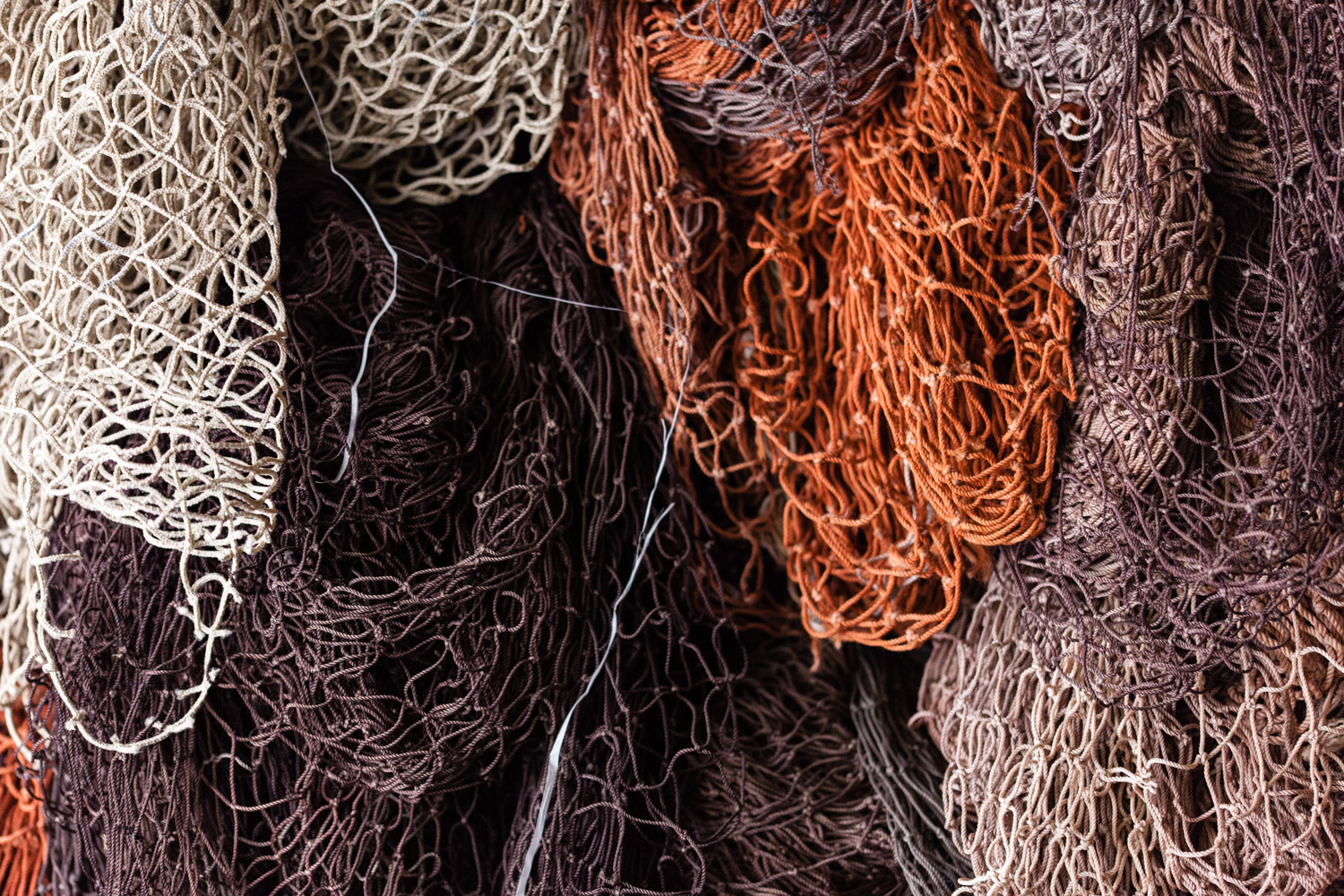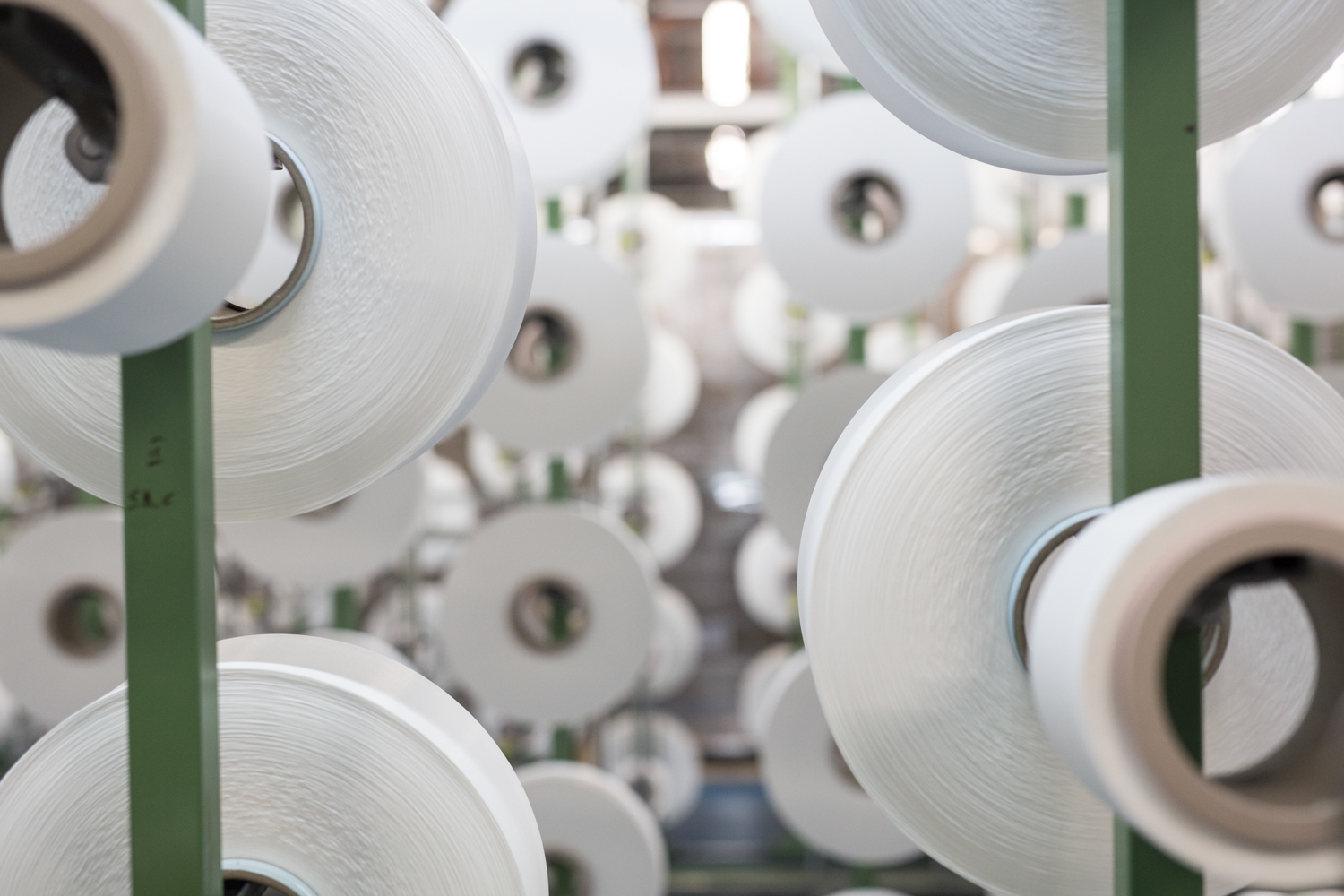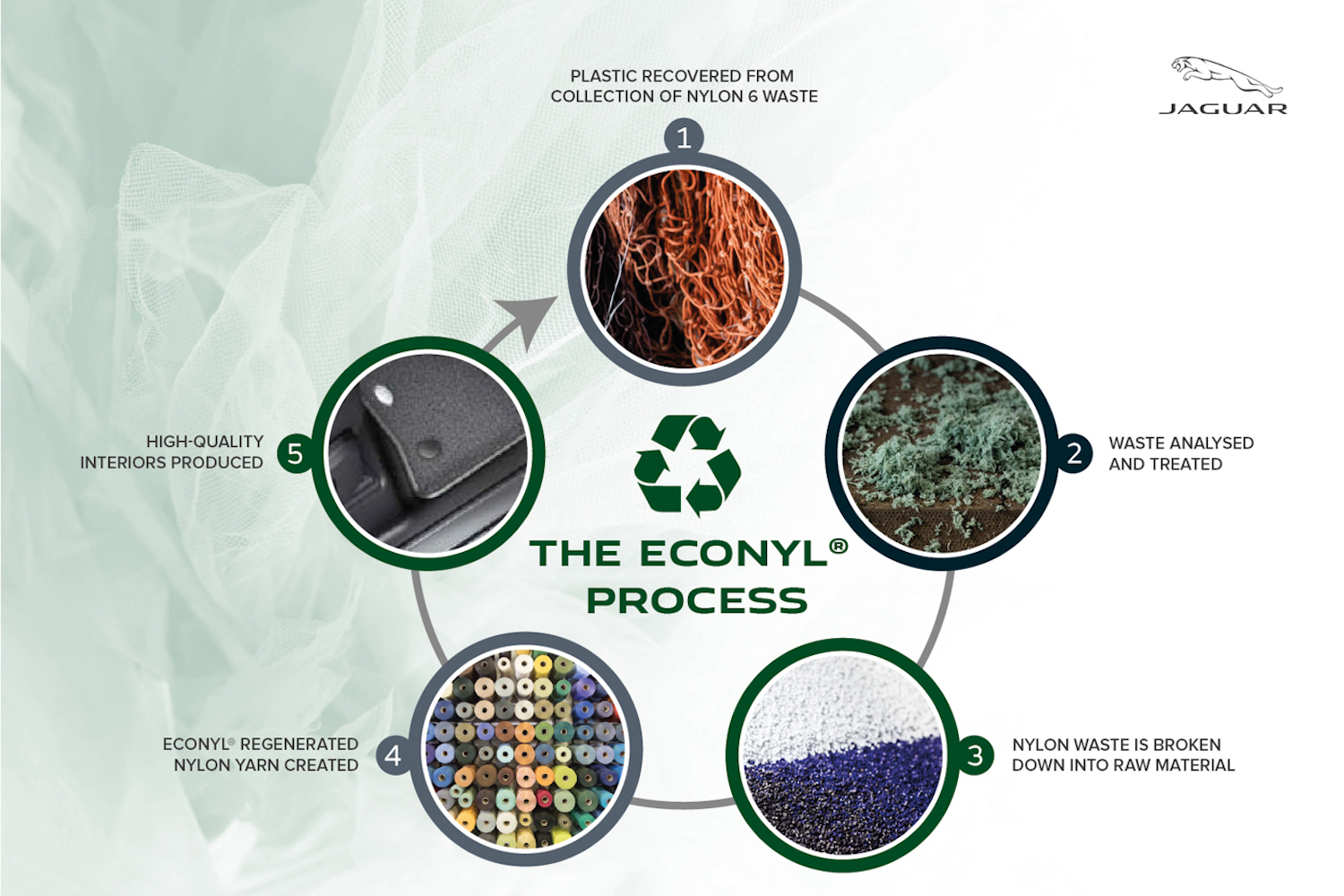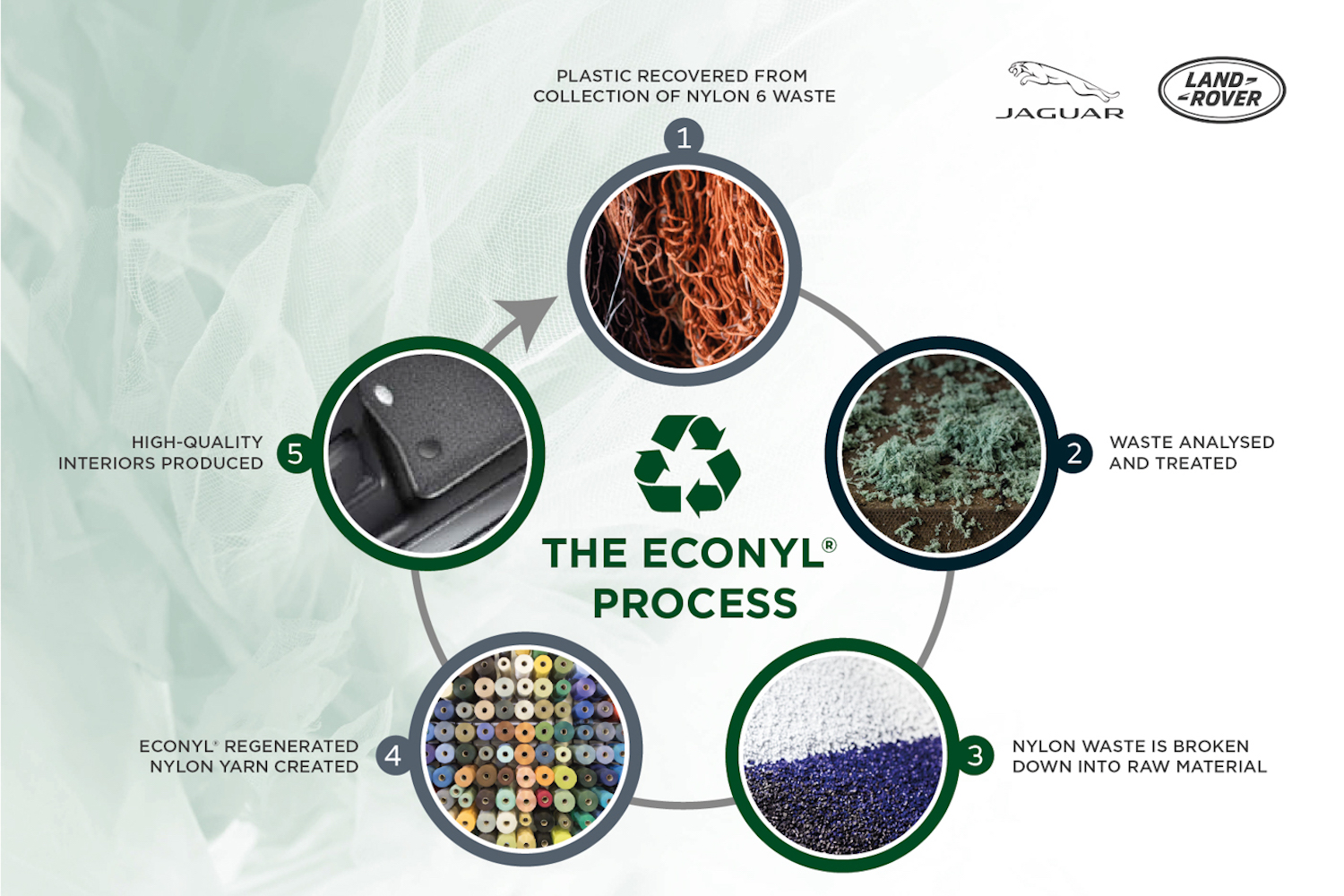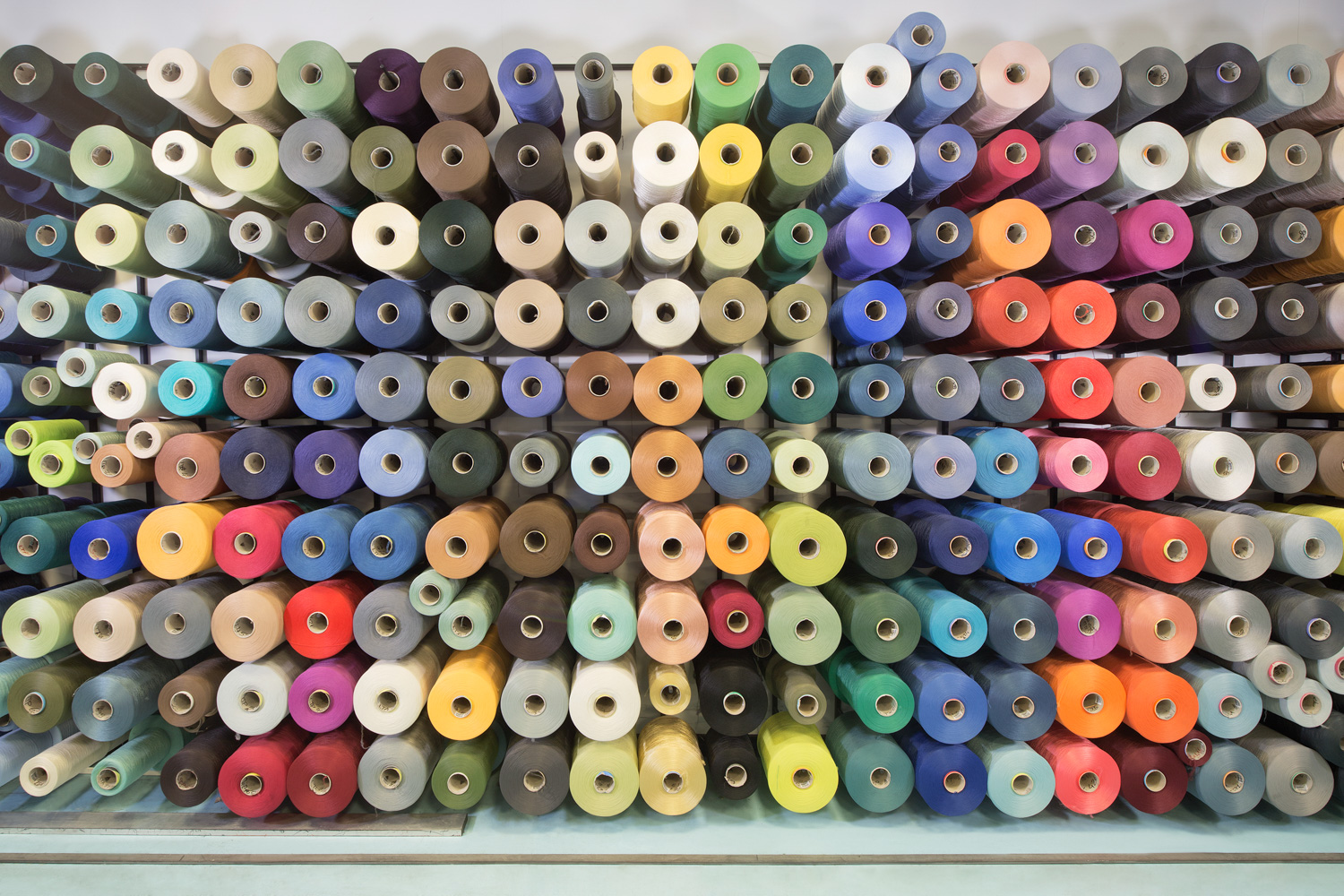Jaguar Land Rover (JLR) says that its next-generation vehicle interiors will seriously ramp up its use of recycled materials. The car maker is working with recycled materials firm Aquafil to create high-quality interior materials using both seaborne and landfill waste.
Made from fishing nets
So, the next-gen JLR cabins will get such items as floor mats and seat trims made using Econyl nylon fibres that are actually made from recycled industrial plastic, fabric offcuts from clothing manufacturers, fishing nets from the farming industry, and those abandoned in the ocean - known as 'ghost nets'.
It's all part of JLR's commitment to its 'Destination Zero' plan, in which it hopes "innovation will help to make environments safer and cleaner while offering customers a premium, sustainable option."
Aquafil already uses its Econyl fibres to make such things as high-end fashion, sportswear and luxury watch brands to create handbags, backpacks, swimwear and watch straps. The nylon waste is reclaimed by Aquafil from all over the world. In a single year, the company recycles as much as 40,000 tonnes of waste, with the recycling process reducing the global warming impact of nylon by 90 per cent compared with the material produced from oil. For every 10,000 tonnes of Econyl raw material produced, 70,000 barrels of crude oil are saved and 65,100 tonnes of carbon emissions equivalent are avoided.
Raw nylon into yarn
Inside state-of-the-art treatment centres the waste is analysed, treated and prepared to feed into a chemical plant, where the nylon waste is broken to its original raw material using a chemical treatment process, known as depolymerisation. The raw nylon material is then turned into the yarn, known as Econyl. Throughout the process, other by-products such as non-nylon, metallic materials or copper sulphate which is used for preventing seagrass growing on fishing nets, are removed and sent to alternative industries for recycling. The resulting Econyl regenerated nylon polymer has the same chemical and performance characteristics as raw fossil material, allowing it to be processed into a fibre for carpet flooring and textiles.
Destination Zero
Jaguar Land Rover then takes the fibres and uses them to make hard-wearing, but still luxurious, materials for your car. Adrian Iles, Senior Engineer of Interior Systems at Jaguar Land Rover, said: "Our designers and engineers are committed to developing the next generation of sustainable materials that will feature on future Jaguar and Land Rover models. We place a great deal of focus on the creation of new sustainable materials, using the latest, most innovative techniques and textiles. Minimising waste, re-using materials and reducing carbon emissions sits at the heart of our Destination Zero mission. This pioneering materials research is one of the key ways we'll achieve this and is an integral part of our design offering to our customers."
Jaguar Land Rover's UK operations have been certified by the Carbon Trust as meeting the PAS 2060 standards for moves towards carbon neutrality, while models such as the Jaguar I-Pace and Range Rover Velar already offer an alternative to leather trim called Kvadrat - a high-quality material that combines durable wool with a suede cloth made from 53 recycled plastic bottles per vehicle.


